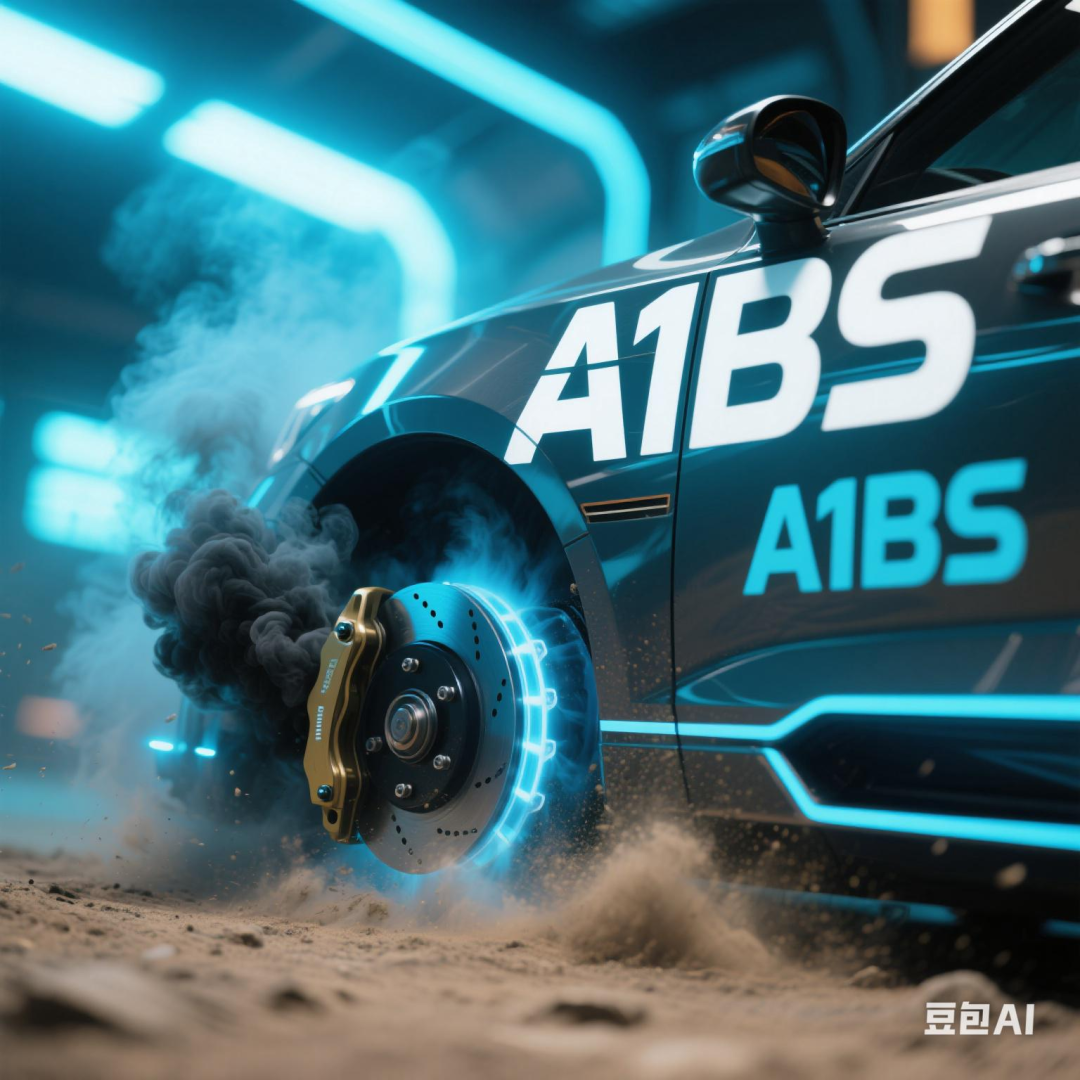What contradictions are most acute, and the greater the value generated by solving them? Currently, a significant contradiction exists in many factories, where they operate on a two-shift system, and the wages for workers are very low, at 20 yuan per hour.

Currently, the highest standardization in the automation field is seen in mobile phones and automobiles. However, many sectors still rely on manual labor, such as garment factories, home appliance assembly lines, and cooking at home.
It is well known that taxis operate on a two-shift system, with one shift covering 24 hours a week. From a technical perspective, fully autonomous driving is now achievable, something that was previously unimaginable. Each industrial revolution has significantly improved efficiency, and as robots begin to serve humans, the question arises: what will happen when there are more people? They will enter the service industry.
Currently, the low penetration rate of robots is due to relatively low labor costs. Once robots mature enough and their costs drop to a certain point, they will be widely adopted, similar to electric vehicles. Electric vehicles are not an industrial revolution but rather an iterative upgrade of traditional fuel vehicles. Each wave of benefits leads to a reshuffling of the market, and this process will continue for many years.
[1] Steam Engine
[2] Electricity
[3] Internet
[4] AI and Robotics